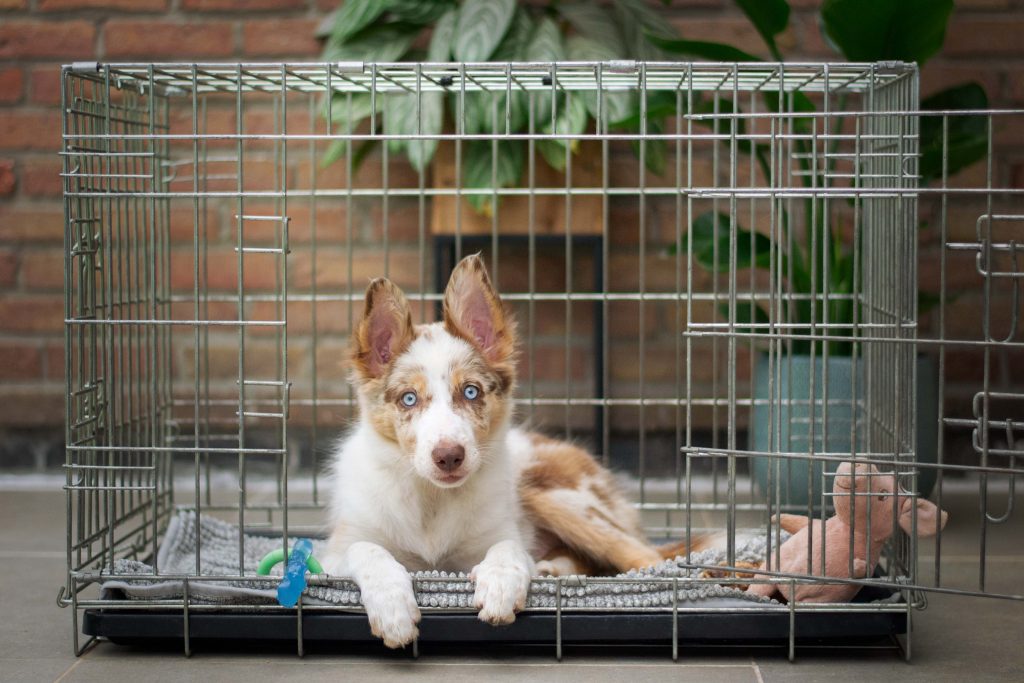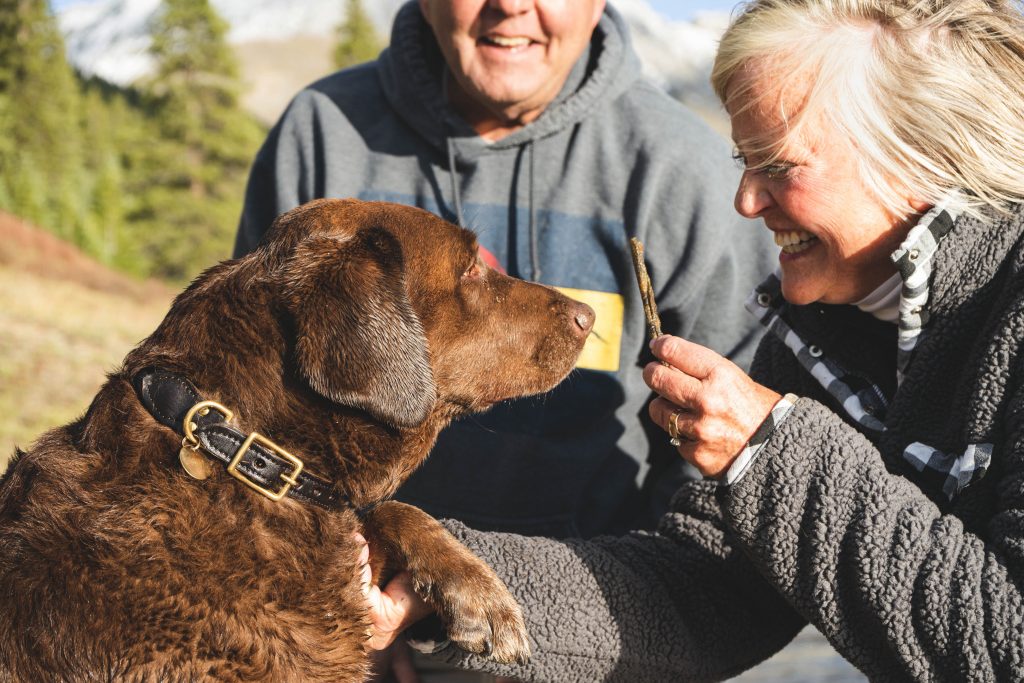Punishment is not always the most effective way to correct bad behavior in dogs and to suggest alternative training methods that focus on positive reinforcement.
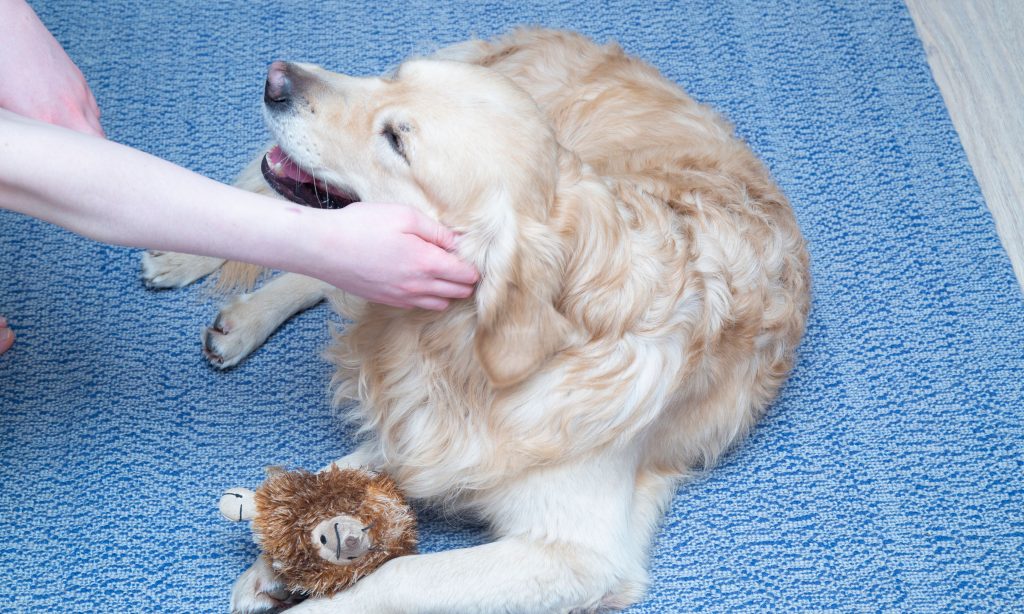
As a dog owner, it can be frustrating to deal with bad behavior from your furry companion. Whether it’s barking, digging, or chewing on your belongings, it’s natural to want to find a quick and easy solution to these problems. However, one commonly held belief among dog owners is that punishing your dog for bad behavior is the best way to correct it. Unfortunately, this is nothing but a myth.
Punishing your dog for bad behavior can actually do more harm than good. When a dog is punished, it may become fearful or anxious, and it may even begin to associate you with negative feelings. This can lead to a breakdown in the relationship between you and your dog, and it can make it even harder to correct the bad behavior in the future.
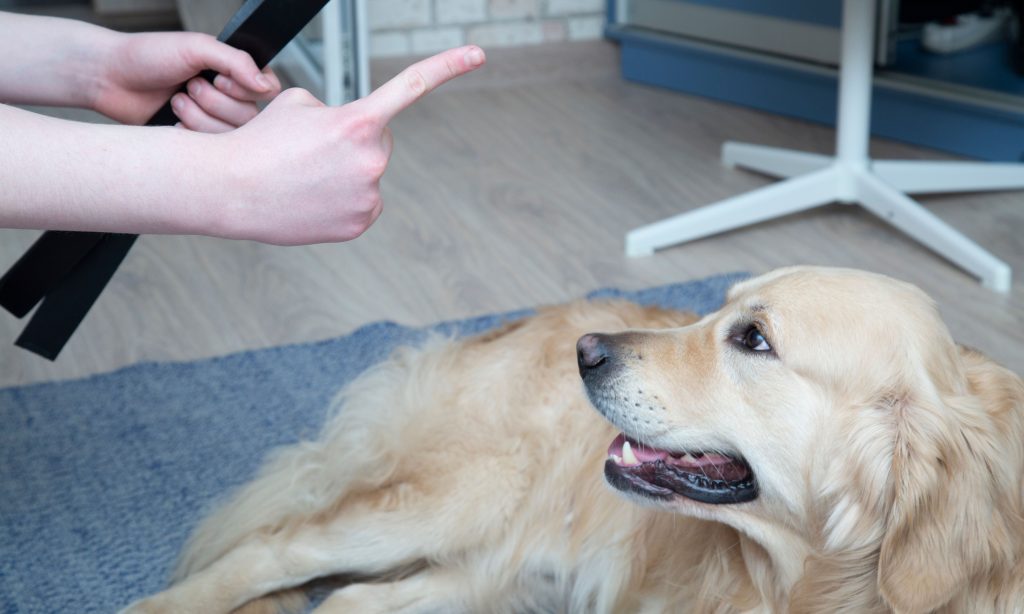
In contrast, positive reinforcement training is a much more effective way to correct bad behavior in dogs. This approach focuses on rewarding good behavior, rather than punishing bad behavior. When a dog is rewarded for good behavior, they are more likely to repeat that behavior in the future. This approach is not only more humane, but it also helps to build trust and strengthen the bond between you and your dog.
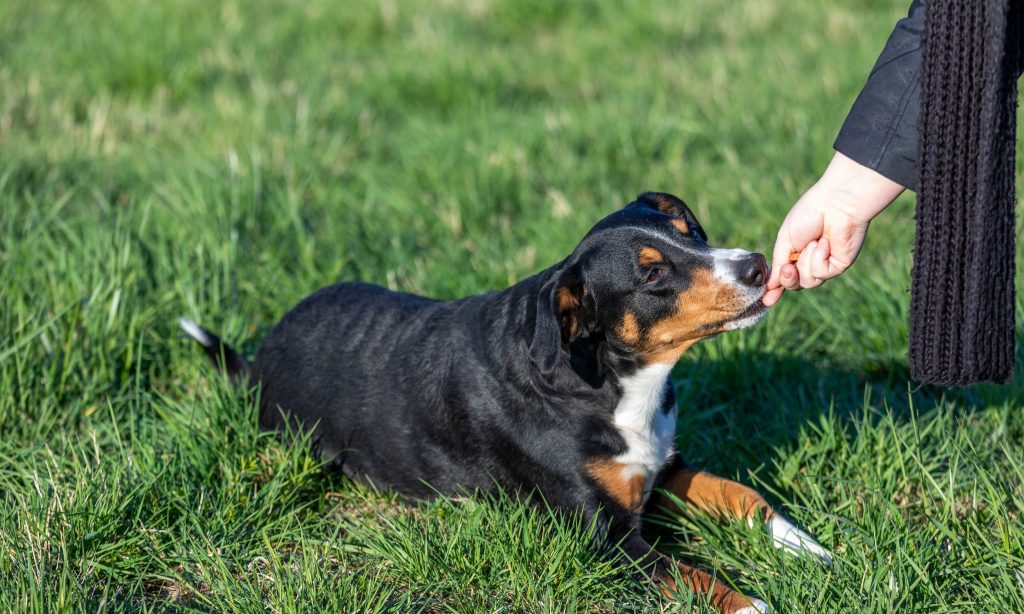
So, what are some alternatives to punishment when it comes to correcting bad behavior in dogs?
Here are a few examples:
Redirecting your dog’s attention:
If your dog is barking or digging, try redirecting their attention to a more appropriate activity, such as playing with a toy or going for a walk.
Teaching your dog new behaviors:
Teaching your dog new behaviors can help to replace bad behaviors with good ones. For example, if your dog is chewing on your shoes, teach them to chew on a specific chew toy instead.
Positive reinforcement-based training classes:
Enrolling your dog in a positive reinforcement-based training class can help you to learn more about how to effectively train your dog using positive reinforcement techniques.
Consistency:
Consistency is key when it comes to training your dog. Make sure to reward your dog for good behavior every time they exhibit it and avoid rewarding bad behavior.
Conclusion:
Punishing your dog for bad behavior is not the best way to correct it. Positive reinforcement training is a much more effective approach, and it can help to build trust and strengthen the bond between you and your dog. So next time when you see your dog engaging in bad behavior, try to redirect their attention, teach new behaviors, reward good behavior, and be consistent with your training. Remember, positive reinforcement is the key to a happy and well-trained dog.
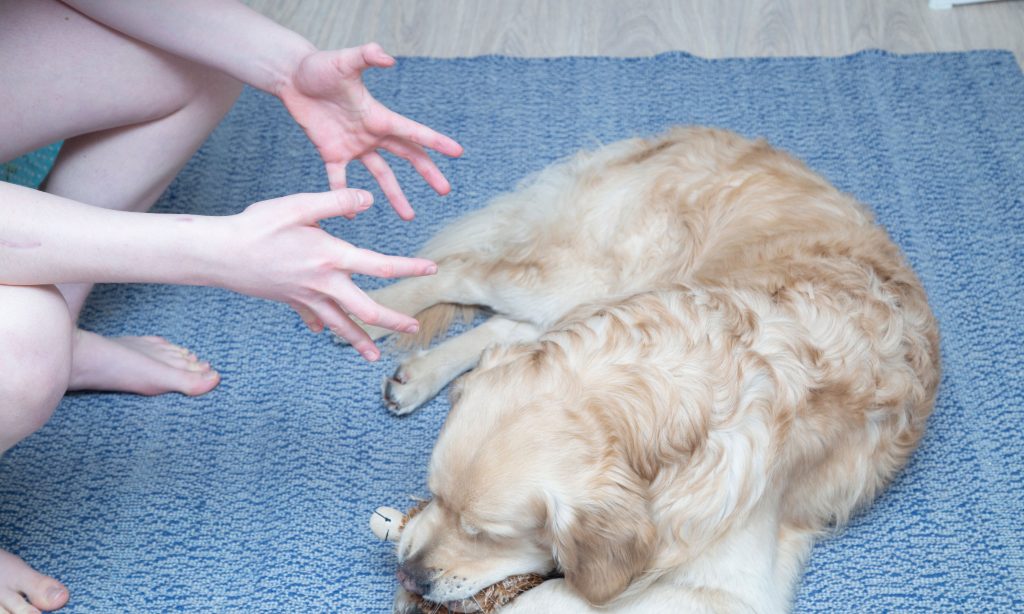
Frequently Asked Questions:
Why is punishing my dog for bad behavior not the best way to correct it?
Punishing your dog for bad behavior can actually do more harm than good. It can make your dog anxious, and fearful and may lead to a breakdown in the relationship between you and your dog.
What are some alternatives to punishment when it comes to correcting bad behavior in dogs?
Alternatives to punishment include redirecting your dog’s attention to a more appropriate activity, teaching your dog new behaviors, positive reinforcement-based training classes and being consistent with your training.
How can I effectively use positive reinforcement to train my dog?
Positive reinforcement training is effective as it focuses on rewarding good behavior and encouraging the dog to repeat it in the future. Consistency is key when it comes to training your dog.
What are some common misconceptions about punishment and dog behavior correction?
Common misconceptions about punishment are that it is the only way to correct bad behavior or that it will solve the problem quickly, but it is not the case.
How can I build trust and strengthen the bond with my dog while training them?
Building trust and strengthening the bond with your dog while training them can be achieved by using positive reinforcement techniques, redirecting their attention, and being consistent with your training. It’s also important to pay attention to your dog’s body language, and respond accordingly to avoid any misinterpretation during training.


